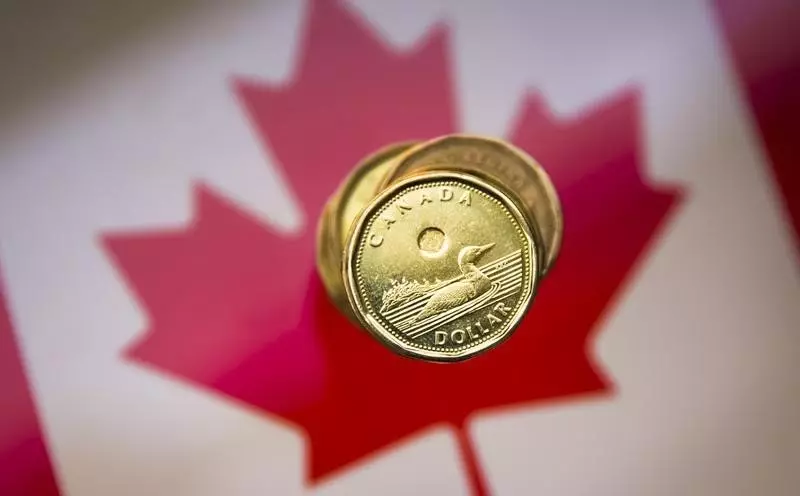Recent comments from President-elect Donald Trump regarding proposed tariffs have sent shockwaves through currency markets, particularly affecting the Mexican peso and the Canadian dollar. On a day marked by significant trading activity, the U.S. dollar strengthened against several global currencies as concerns mounted over the potential economic repercussions of these tariff plans. The ramifications of these threats highlight the vulnerability of currencies in the face of political decisions and rhetoric.
On Tuesday, both the Mexican peso and the Canadian dollar experienced marked declines against the U.S. dollar. The announcement of a potential 25% tariff on imports from Mexico and Canada triggered a significant sell-off, with the USD/MXN pair climbing by 1.8%. This surge marked the peso’s weakest performance since early November. Similarly, the Canadian dollar’s USD/CAD pairing rose over 1%, reaching levels not seen since May 2020. These dramatic shifts underscore how quickly market sentiment can change in response to political developments.
The offshore Chinese yuan also faced pressure, albeit to a lesser extent, with a slight drop against the U.S. dollar. Trump has positioned the curbing of drug imports from China—particularly fentanyl—as a priority in his discussions with Chinese officials. Despite these efforts, he lamented their ineffectiveness and continued threats, indicating that these tariffs could escalate tensions between the world’s largest economies. These dynamics suggest a treacherous path ahead for trade relations and currency stability.
Trump’s tariff proposals are not merely economic tools; they are laden with political significance tied to immigration and drug trafficking narratives. This multifaceted approach to tariff imposition may trigger a backlash that extends beyond mere currency fluctuations. Observers are increasingly concerned that a trade war could ensue, pulling global markets into volatility as nations react defensively to U.S. policies. Historical precedents indicate that such escalations can lead to protracted economic conflict that can cripple trade functions, impacting businesses and consumers alike.
The U.S. Dollar Index saw a 0.5% rise following Trump’s comments, reflecting its safe-haven status amidst international uncertainty. This surge was apparent in the dollar’s performance during Asian trading, as futures also indicated strength. Trump’s advocacy for a 10% uniform tariff on imports during his campaign further complicates matters, suggesting a possible shift in America’s trade policy that could have lasting consequences for its trading partners.
As the world awaits the implementation of these tariffs, market participants must brace for continued volatility. The economic landscape is ever-evolving, and currency fluctuations in response to political maneuvers serve as a crucial reminder of the interconnectedness of global finance. Stakeholders will need to monitor developments closely, as these early signals could dictate economic trajectories for multiple nations, ultimately reshaping trade dynamics and international relations in the years to come.

